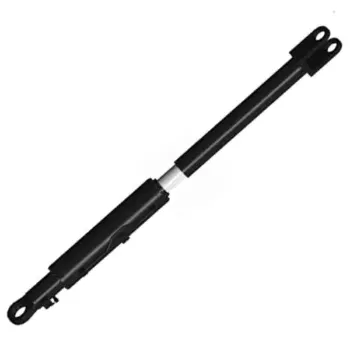Hydraulic Cushion Cylinder for Press Machine
The hydraulic cushion cylinder protects the cylinder and reduces the impact in the press. When the piston is at the end of the stroke, the hydraulic cushion cylinder can slow down its movement to avoid strong mechanical collisions and noise. This can not only protect the cylinder and related components from damage, but also improve the working accuracy and stability of the press. The hydraulic cushion cylinder is usually set in the stroke termin

